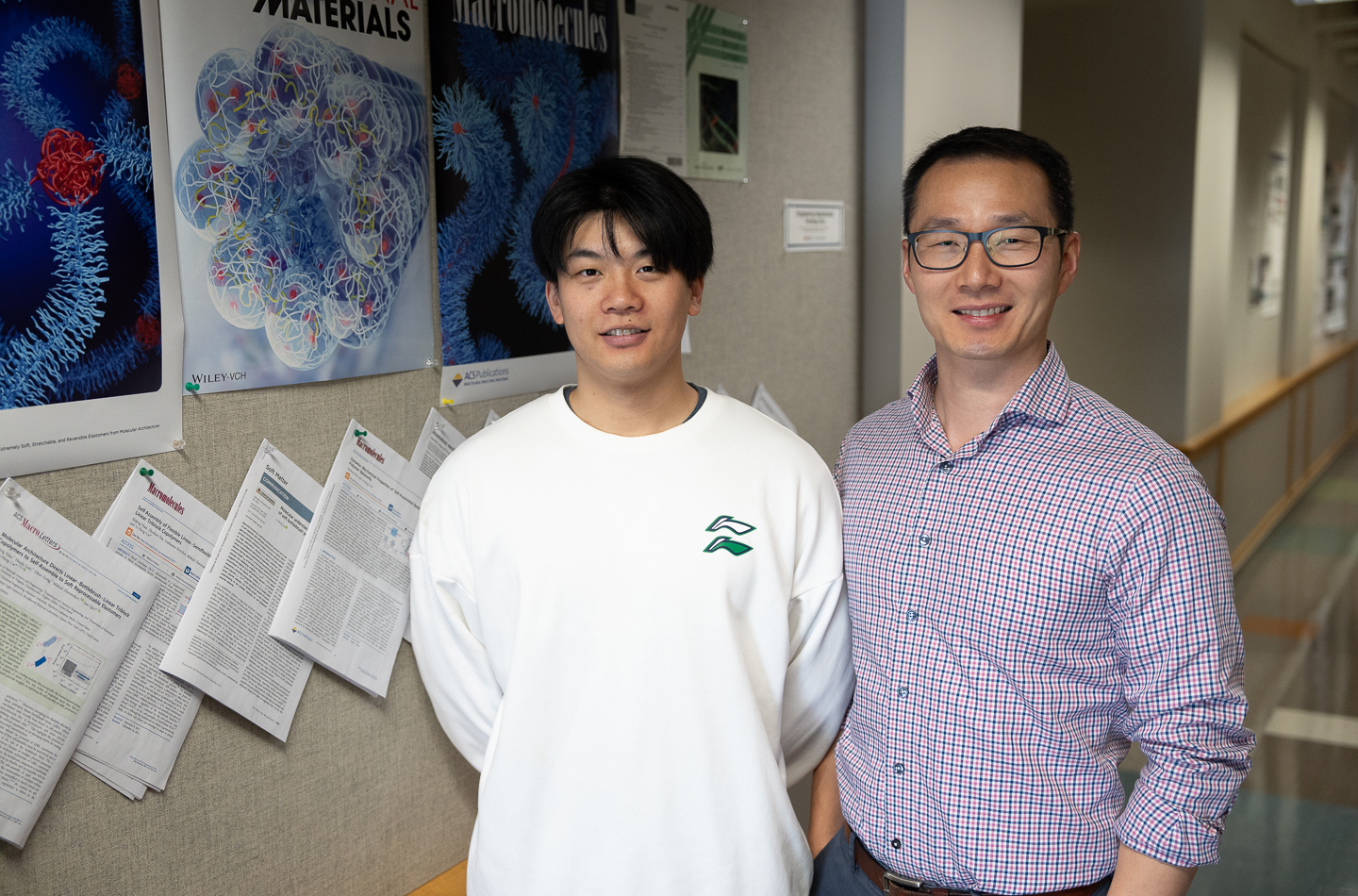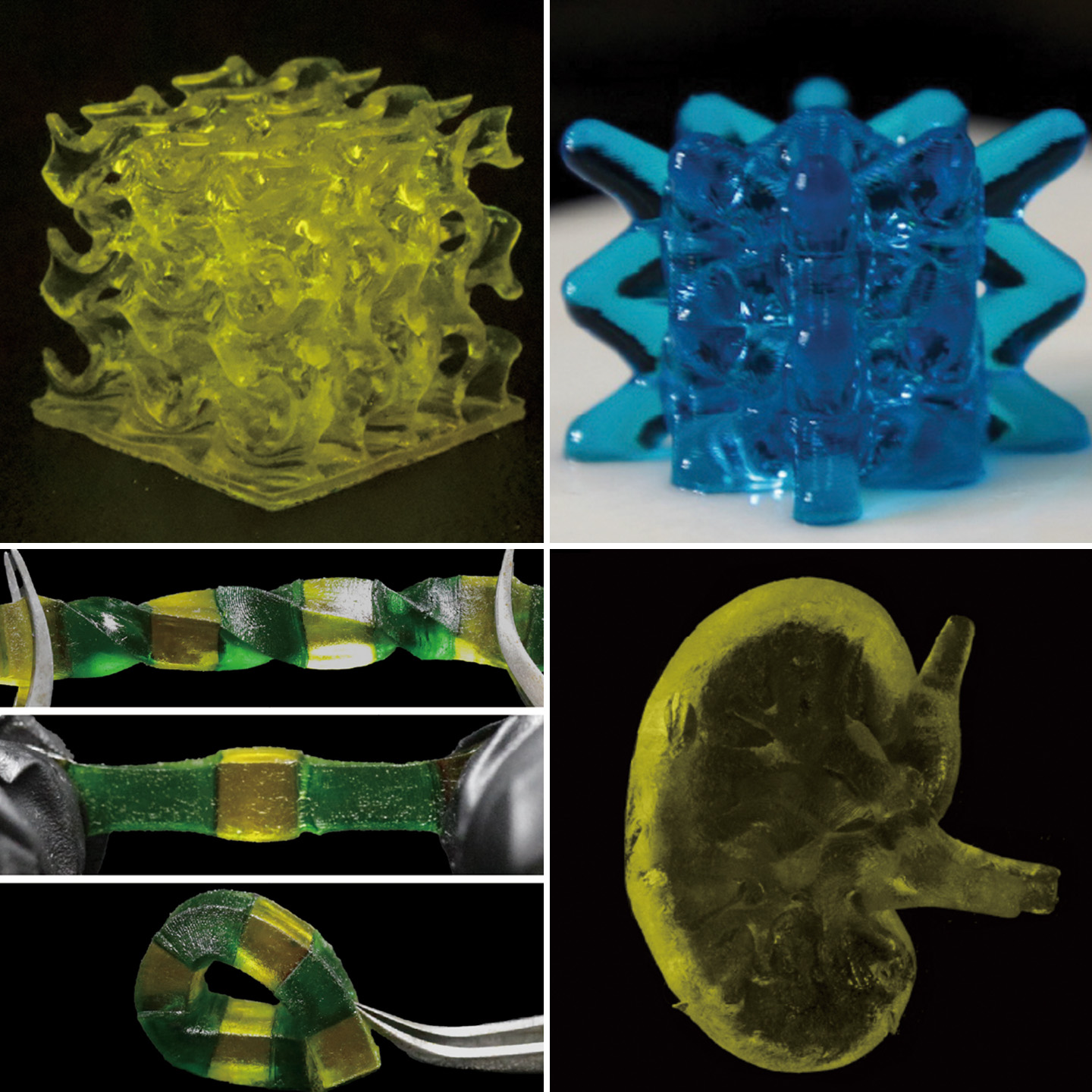Researchers at the University of Virginia have developed a new 3D-printable material based on polyethylene glycol (PEG) that maintains flexibility while being compatible with the body’s immune system. The research, published in Advanced Materials on October 29, was led by Liheng Cai, an associate professor of materials science and engineering, with Ph.D. student Baiqiang Huang as the paper’s first author.

The team addressed a key limitation of current PEG networks, which become brittle and lose integrity when stretched. Traditional PEG production involves creating networks in water and removing the water afterward, resulting in crystallized structures that cannot stretch effectively. This brittleness has limited PEG’s use in applications requiring flexibility, such as scaffolding for synthetic organs.
The researchers applied a “foldable bottlebrush” design to create stretchable PEG materials. This molecular architecture features flexible side chains extending from a central backbone that can collapse like an accordion, storing extra length that unfolds when stretched. “Our group discovered this polymer and used this architecture to show any materials made this way are very stretchable,” Cai said.

To create the material, Huang exposed a precursor mixture to ultraviolet light for several seconds, initiating polymerization to form the bottlebrush network. This process produces 3D-printable hydrogels and elastomers that can be shaped using different UV light patterns. “We can change the shape of the UV lights to create so many complicated structures,” Huang said, noting that structures can be made either soft or stiff while remaining stretchy.
Laboratory tests confirmed the material’s biological compatibility, with cells successfully cultured alongside the new PEG materials. Beyond medical applications, the researchers found the material shows greater electrical conductivity and higher stretchability than existing solid-state polymer electrolytes, suggesting potential use in battery technologies. The work received funding from the National Science Foundation, National Institutes of Health, and other organizations.
Source: engineering.virginia.edu

